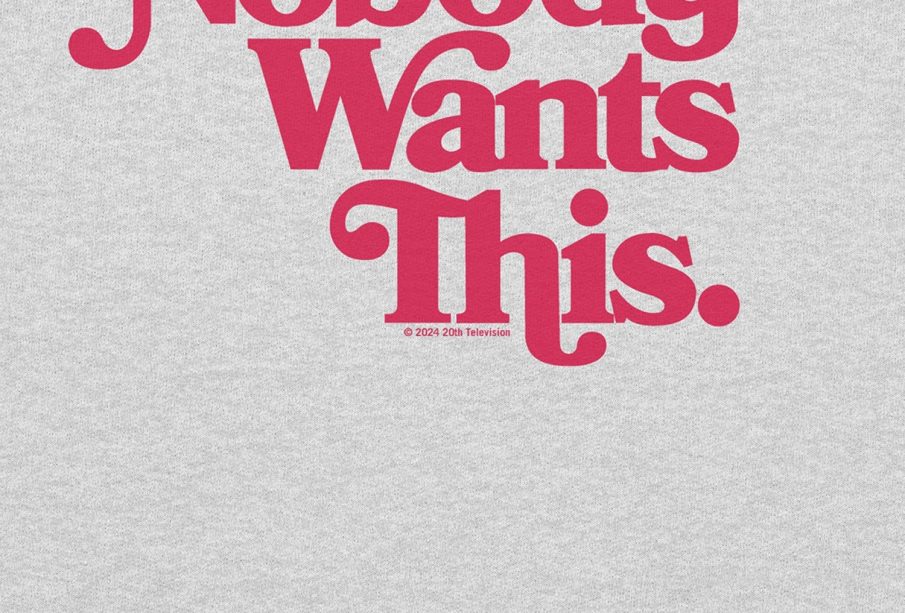The Unwanted: Understanding Why Nobody Wants This

Introduction to Unwanted Goods
In today’s consumer-driven society, the concept of unwanted items has gained significant attention. Whether it’s clothing, technology, or furniture, vast quantities of goods end up in landfill despite being perfectly functional. This topic not only reflects on consumer habits but also highlights the global challenges of waste management and environmental sustainability.
The Scale of the Problem
Recent statistics indicate that over 300 million tonnes of waste are generated annually in the UK alone, with a substantial portion consisting of items that nobody wants. According to the Waste and Resources Action Programme (WRAP), around 30% of household waste could be reused or recycled, yet it remains discarded in landfills. Items such as last season’s fashion or outdated gadgets contribute significantly to this trend.
Reasons Behind Discarding Goods
Several factors drive the phenomenon of unwanted items. Firstly, the rapid pace of innovation in technology and fashion leads to a culture of disposability. Consumers are often encouraged to buy the latest products, rendering previous versions unwanted almost immediately. Additionally, a lack of awareness regarding sustainable alternatives, such as charity shops or recycling initiatives, further exacerbates the issue. Mentality also plays a role; many people struggle with the concept of ‘defecting’ goods, often opting instead for new purchases rather than dealing with the hassle of selling or donating unused items.
Consequences of Unwanted Items
The environmental impact of unwanted products is significant. Discarded goods contribute to greenhouse gas emissions and ultimately worsen the climate crisis. In fact, according to the Environmental Agency, landfilling a tonne of textile waste can produce approximately 1.2 tonnes of carbon dioxide. Moreover, the social implications are profound, with valuable resources being wasted while many in the community lack access to essential items.
Possible Solutions
Addressing the issue of unwanted items requires collective action. Increased awareness campaigns promoting recycling, upcycling, and charitable donation can go a long way in mitigating the problem. Initiatives such as clothing swaps, community fix-it workshops, and online second-hand marketplaces offer promising alternatives to conventional waste disposal. Furthermore, manufacturers can adapt their business models to encourage product longevity, repairability, and sustainable production practices.
Conclusion on the Unwanted Reality
In conclusion, the issue of unwanted items is emblematic of broader societal waste and consumption patterns that require urgent attention. By changing our perspective on ownership and sustainability, we can contribute to a reduction in waste and promote a more circular economy. As consumers, our choices can reflect an understanding that nobody wants this throwaway culture—let’s work together to create a more sustainable future.









